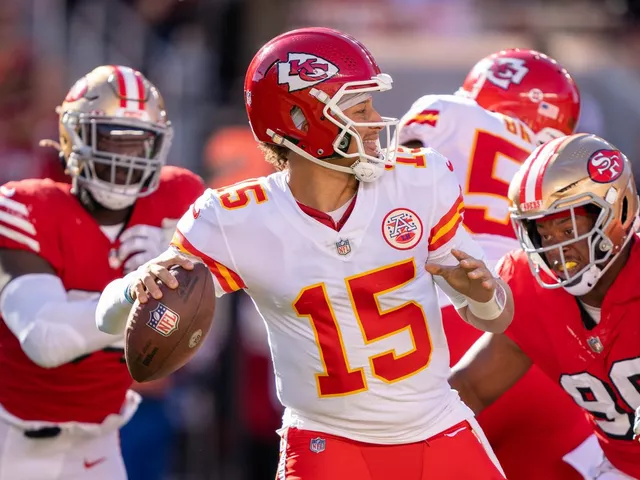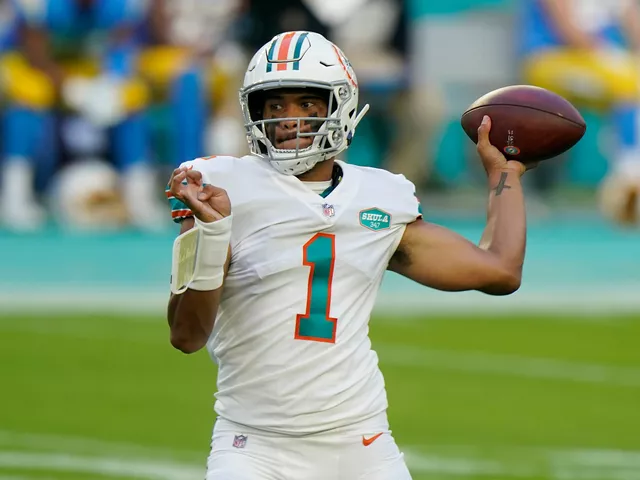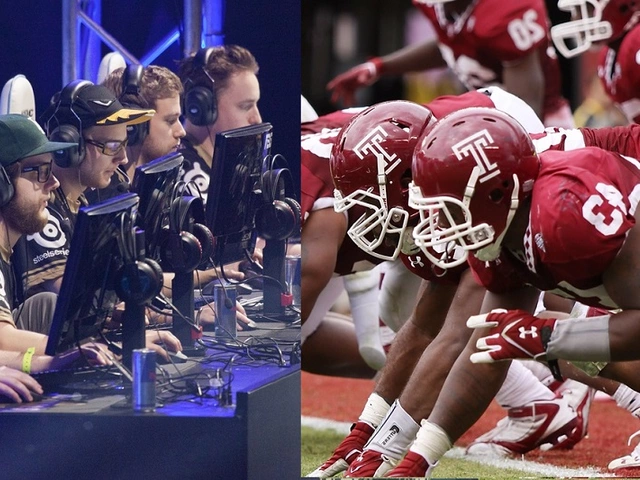Sports Evolution: How Games Change Over Time
When we talk about Sports Evolution, the ongoing transformation of games, rules, technology and culture that shape how we play and watch sports today. Also known as sport development, it drives everything from local club upgrades to global broadcasting deals.
One core idea is that sports evolution encompasses rule changes. Over the decades, football introduced VAR, cricket added T20 formats, and basketball shortened shot clocks. Each tweak reflects a semantic triple: Sports Evolution → requires → rule innovation. At the same time, technology adoption—instant replay, wearable trackers, AI‑generated tactics—creates another triple: Sports Evolution → needs → tech integration. Those shifts keep fans engaged and athletes pushing limits.
Enter eSports, competitive video‑gaming events that draw millions of viewers and offer prize pools rivaling traditional sports. Often called competitive gaming, eSports influences sports evolution by proving that digital arenas can generate the same excitement as a stadium. This creates a link: eSports → influences → Sports Evolution. Think of how traditional leagues now host virtual tournaments and use gaming stats to scout talent.
Health is another driver. Sports Health, the science of preventing injuries and optimizing performance through nutrition, training and medical care shapes evolution by forcing rule tweaks and equipment upgrades. Cardiac‑arrest prevention programs, concussion protocols, and wearable heart monitors are all outcomes of this focus. Here’s a triple: Sports Health → guides → rule adjustments. The result? Safer play, longer careers, and broader participation.
History matters too. Sport Origins, the early forms of games that later became modern football, cricket, badminton and more give us a baseline to measure change. From medieval jousts to Victorian lawn tennis, each origin story reveals cultural values of its era. Understanding these roots lets us see why certain changes feel natural—like how rugby split into league and union during industrial shifts.
Culture and inclusion also push evolution forward. Gender equity policies, para‑sport classifications, and community‑driven leagues expand the audience. When women’s cricket secured central contracts or the Paralympics gained prime‑time slots, the sport’s narrative widened. This illustrates a triple: Cultural Inclusion → expands → Sports Evolution. The more diverse the voices, the richer the game’s future.
Looking ahead, emerging tech such as virtual reality training, AI‑based strategy simulators, and blockchain ticketing will rewrite how we experience sport. Imagine a fan wearing a headset to “play” an NBA game from the bench, or a team using AI to design a play in real time. Those innovations form another semantic chain: Future Tech → reshapes → Sports Evolution. Keeping an eye on these trends helps clubs stay ahead of the curve.
Below you’ll find a curated mix of stories that dive deep into each of these forces—from the rise of eSports to the health tips that keep athletes on the field, and the historic roots that still echo today. Whether you’re a player, fan, or coach, the collection offers practical insights into how sport keeps moving forward.
How have sports changed in the last 50-100 years?

Over the last 50-100 years, sports have undergone monumental transformations. Technological advancements have reshaped training, performance, and even the way we watch games, making sports more accessible to the masses. There's been a significant shift in societal attitudes too, with increased inclusion and diversity in athletes, and a growing emphasis on the importance of sports for health and wellbeing. The commercialization of sports has also escalated, turning athletes into celebrities and sports events into billion-dollar industries. Yet, the core essence of sports - the grit, determination, and passion - remains unchanged.
Categories
RECENT POSTS
Robbie Keane leads Ferencváros to Europa League top three with stunning home win
Irish manager Robbie Keane has led Ferencváros to third place in the 2024/25 Europa League after a 3-1 win over Ludogorets at Budapest's Groupama Arena, marking a historic rise for the Hungarian club under his leadership.
How to Maintain Friendships With Clients Without Coming Across as Unprofessional
Learn how to build genuine, lasting relationships with clients without crossing professional boundaries. Real tips on warmth, boundaries, social media, and when to say no.
Did the Chiefs win it or did the 49ers blow it?
After watching the game, it's a tough call to say if the Chiefs won or if the 49ers blew it. Both teams showed incredible skill, making the game a nail-biter. However, it seemed that the Chiefs took advantage of every opportunity they had to score while the 49ers missed a few crucial plays. In my personal opinion, it was a combination of the Chiefs' aggressive play and the 49ers' minor slip-ups that determined the outcome. Regardless, both teams played a great game that will be remembered for years to come.
How many Asians are playing in the NFL?
As an NFL enthusiast, I've noticed a gradual increase in the number of Asian players in the league over the years. Although the numbers aren't as high as other ethnic groups, the presence of Asians in the NFL is undeniably growing. This includes players of Asian descent, mixed heritage or those born in Asia. Their representation in the NFL is important as it promotes diversity in the sport. It's great to see the NFL becoming more inclusive and I look forward to seeing even more Asian players make their mark in the league.
Why isn't eSports as accepted as active sports?
Hey folks, let's dive into this spicy salsa of a topic - Why isn't eSports as accepted as active sports? It's like trying to convince your grandma that your digital art is as real as her oil paintings! Well, the first hurdle is the physicality, or lack thereof. Traditional sports fans are often skeptical about watching folks play video games, missing the sweat and muscles flexing. But, let's not forget, eSports require serious mental gymnastics and finger dexterity! So next time you're defending eSports, flex those brainy biceps and remember, not all games need a ball and a field!




